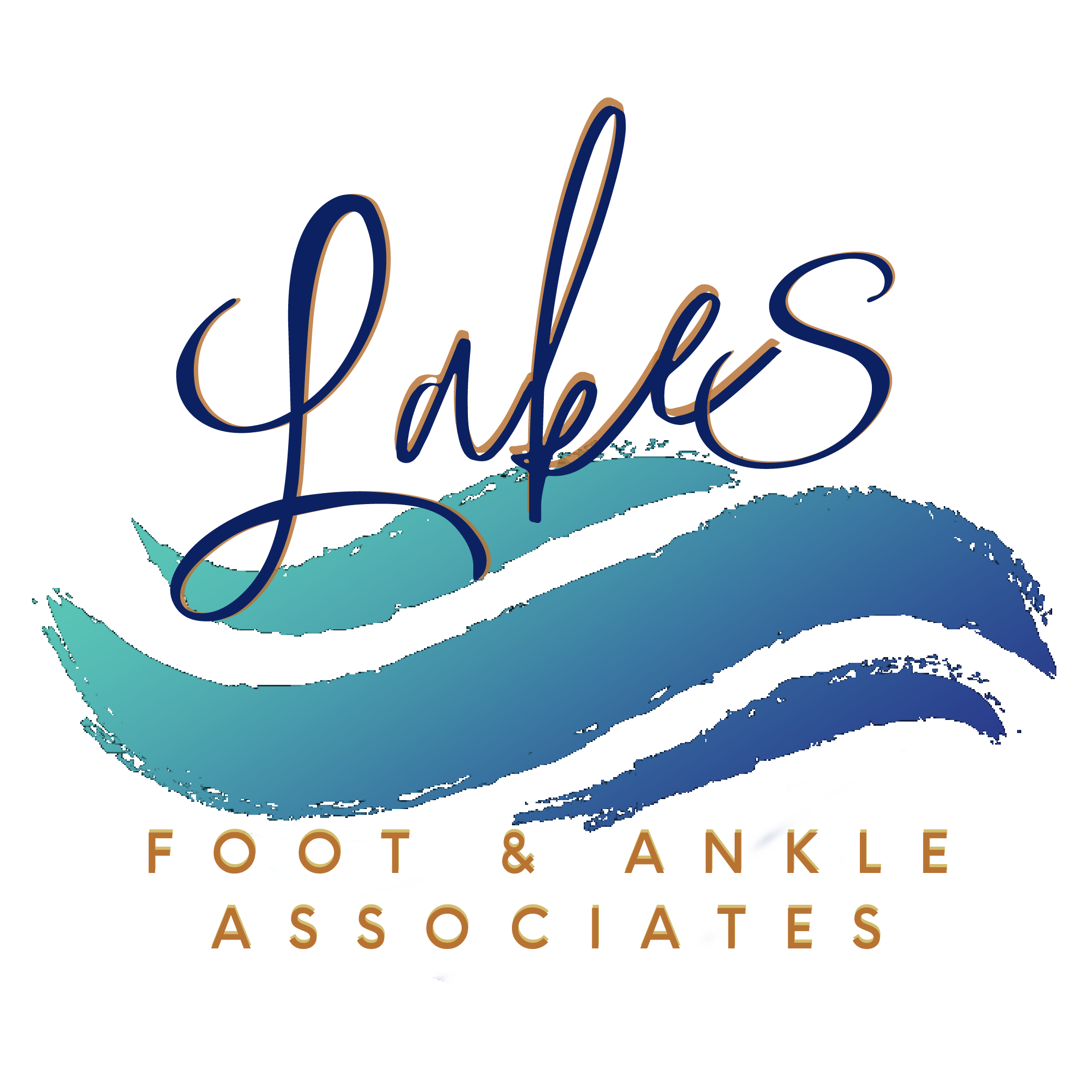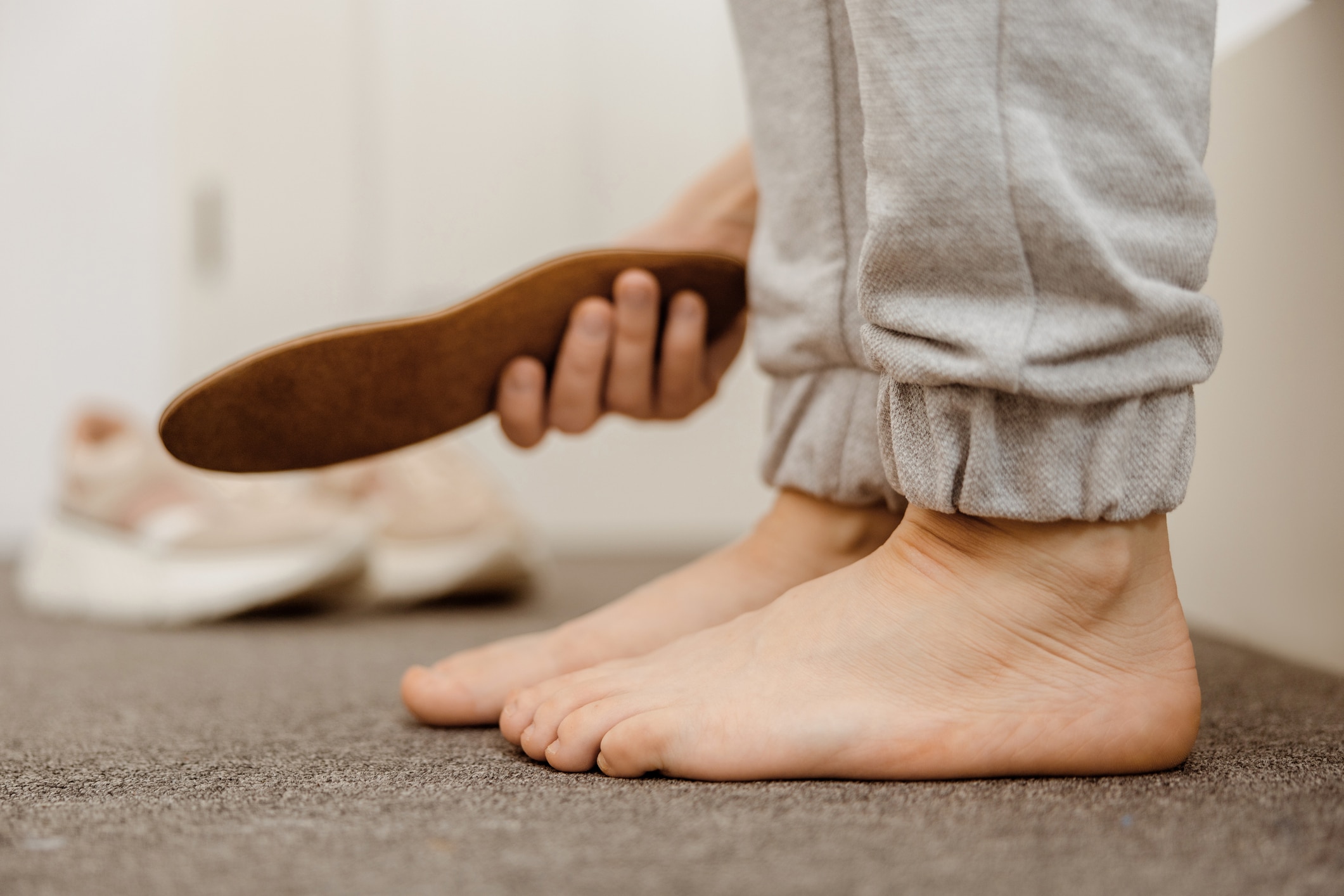“My biomechanics” is often not the first answer many people will have when asked why their feet or ankles hurt, but it’s a reason that is frequently present, nevertheless.
Many of the strains, pains, sports injuries, and other causes of consistent comfort we have can be traced to specific conditions such as plantar fasciitis or Achilles tendinitis. But in many cases, abnormalities in our foot structure and the way we walk (gait) can be pointed to as a major contributing factor in why those conditions developed in the first place.
So when we address the biomechanics at the heart of an issue, we can not only often provide relief from the current problem, but also greatly reduce the risk of the same and similar problems from developing later on.
We posted a blog earlier this year that dives deeper into the topic of what biomechanics are and how they can affect your foot and ankle health. It’s worth a read if you wish to know more on the subject.
Here we will be looking closer at some of the treatments and methods we use to address problems caused by abnormal biomechanics – both to help with the abnormalities themselves and to address secondary symptoms.
We’ll start with a tried and true part of our treatment arsenal.
Custom Orthotics
If biomechanical problems throw us out of alignment, custom orthotics provide precise amounts of cushioning and support to restore it.
Custom orthotics are prescribed to each individual pair of feet and are designed only to accommodate those feet alone. We want to meet the supportive needs of each patient as closely as possible for best results, and changes of just a few millimeters can make a big difference.
That is why we have invested in the Go 4-D custom orthotics system, providing access to some of the best technology available to produce comprehensive, digital 3D images of foot shapes. On top of that, a highly sensitive pressure plate can provide us greater insight into how your gait and structure are affecting where pressure builds in different areas.
All this information helps us prescribe custom orthotics with outstanding accuracy for each patient’s needs. Prescriptions are then sent to a lab for production using high-quality materials and a specialized design for optimal flexibility, durability, and support.
When used properly, custom orthotics can counter biomechanical issues that have been leading to heel pain and other conditions, serving as a means of long-term relief.
It is important to note that the orthotics will not cause your feet to shift to a more standard structure, like how braces shift teeth. Only surgery is a truly effective means for altering foot structure, but custom orthotics are often a much more efficient and less invasive way to provide the results we want.
Changing Your Footwear
While typically unable to provide as precise and direct support as custom orthotics, making changes to more accommodating footwear can still have significant effects on biomechanical issues.
In cases where gait abnormalities such as overpronation (the foot rolling too far inward while walking) or supination (the foot rolling too far outward while walking) are present, certain types of shoes can help limit that excess motion and place less strain on the feet.
Certain types of shoes can also help shift excess weight away from vulnerable areas. It is also highly recommended to avoid shoes that naturally concentrate weight forward, the way that high heels do.
Stretching, Exercise, and/or Physical Therapy
When biomechanical abnormalities place excess stress on certain areas of the body, conditioning stretches and exercises can be an effective means of aiding relief and avoiding future injuries.
For just one example, let’s consider a case of plantar fasciitis. While there are several different factors that can contribute to this common cause of heel pain, a couple involve the calf muscles and/or Achilles tendon being too tight. This causes them to pull on the heel bone, which in turn stresses the plantar fascia that is also attached to the bone.
By conditioning the muscles or tendon via a schedule of specific stretches and exercises, these tissues can be conditioned to place less stress on the heel bone, which in turn provides some much-needed relief to the plantar fascia. This can aid both recovery from plantar fasciitis and help prevent future cases from developing.
Different recommendations for physical activity will be made depending on the conditions needing treatment as well as each patient’s particular needs and health history. Our goal will always be to provide a course of stretches or exercise that is both reasonable and effective.
A Full Plan for Better Movement
We may very well recommend additional treatments for problems based on biomechanical issues if needed. We evaluate each patient on a case-by-case basis and recommend a treatment plan that best meets their unique situation.
Additional parts of a plan might include:
- The use of splints, padding, or other equipment to provide further cushioning and relief
- Treatments such as MLS laser therapy to aid in pain relief and soft tissue recovery
- In rare cases, surgery to provide relief when conservative methods fail to do so
If you are experiencing persistent pain or discomfort, don’t delay in finding the treatment you need. Whether biomechanical issues or other problems are at the source, we’ll get to the root of the problem and provide an effective course of therapy.
Schedule an appointment at Lakes Foot and Ankle Associates by calling our office or by filling out our online contact form.
| Monday | 8:30am – 5:00pm |
| Tuesday | 9:00am – 5:00pm |
| Wednesday | 8:30am – 5:00pm |
| Thursday | 9:00am – 6:00pm |
| Friday | 7:30 am – 4:00pm |
| Saturday | – Closed – |
| Sunday | – Closed – |



